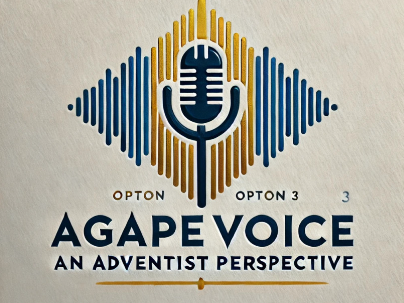
Understanding the Dialogue: A Bridge Between Beliefs
The conversation between an atheist and a member of the Seventh-day Adventist Church opens a unique window into two contrasting worldviews. It showcases the importance of dialogue in bridging seemingly insurmountable gaps. These exchanges can provide both parties with insights that enhance their understanding of the other's beliefs. For members of the Adventist community, engaging in such dialogues is not just about defending one’s own faith; it’s an opportunity to clarify misunderstandings surrounding their beliefs and practices.
Historical Context of Atheism and Seventh-day Adventism
To comprehend the significance of this dialogue, it’s crucial to understand the historical backdrop of both atheism and the Seventh-day Adventist faith. Atheism’s rise can be traced back to the Enlightenment era, where reason and scientific inquiry began to challenge religious doctrines. In contrast, the Seventh-day Adventist Church originated in the mid-19th century, rooted in the Millerite movement and emphasizing the imminent return of Christ. This historical tension often forms the basis of modern discussions between these groups.
Why This Dialogue Matters: Social Connections
For SDA members, the engagement with atheistic perspectives presents a chance to connect socially on issues that transcend religious differences. Many find themselves living and working alongside individuals who identify as atheists, and open discussions can foster mutual respect and understanding. Recognizing shared values, such as community service and ethical living, can serve as a foundation for ongoing conversations.
Counterarguments and Diverse Perspectives
While many SDAs assert their beliefs with conviction, they may also face criticisms from atheists who highlight the absence of empirical evidence for religious claims. Conversely, Adventists may argue that faith transcends mere evidence and involves personal experiences and the transformative power of belief. Engaging thoughtfully in these counterarguments can enrich both sides' perspectives and highlight the complexity of faith and reason.
Practical Insights: Navigating Conversations
For Adventist members seeking to engage in discussions with atheists, practical tips can enhance these dialogues. First, active listening is key; it allows both parties to feel heard. Asking open-ended questions encourages deeper understanding beyond surface-level debate. It's also helpful to identify common ground—be it ethical concerns, community service, or the pursuit of truth—which can foster constructive dialogue.
Emotional Resonance: Understanding Feelings
Engaging with atheists may evoke a range of emotions for Adventists: from curiosity and hope to anxiety about potential confrontation or misunderstanding. Recognizing these feelings is important. Both sides can find commonality in their struggles for meaning, purpose, and belonging, thus fostering empathy and deeper connections.
Future Insights: The Role of Interfaith Dialogue
As society becomes increasingly diverse, the role of interfaith dialogues will likely grow. Such conversations will not only challenge misunderstandings but also enhance the personal growth of both atheists and believers. The future may hold even more collaborative efforts, as secular and religious communities unite to address global issues like social justice and environmental responsibilities.
Conclusion: Embrace the Conversation
As members of the Seventh-day Adventist community engage in dialogues with atheists, they are invited to embrace the complexities of belief and disbelief. Each conversation is an opportunity to learn, share, and grow. By seeking mutual respect and understanding, we can collectively navigate the intricacies of faith.
 Add Row
Add Row  Add
Add 




 Add Row
Add Row  Add
Add 


Write A Comment